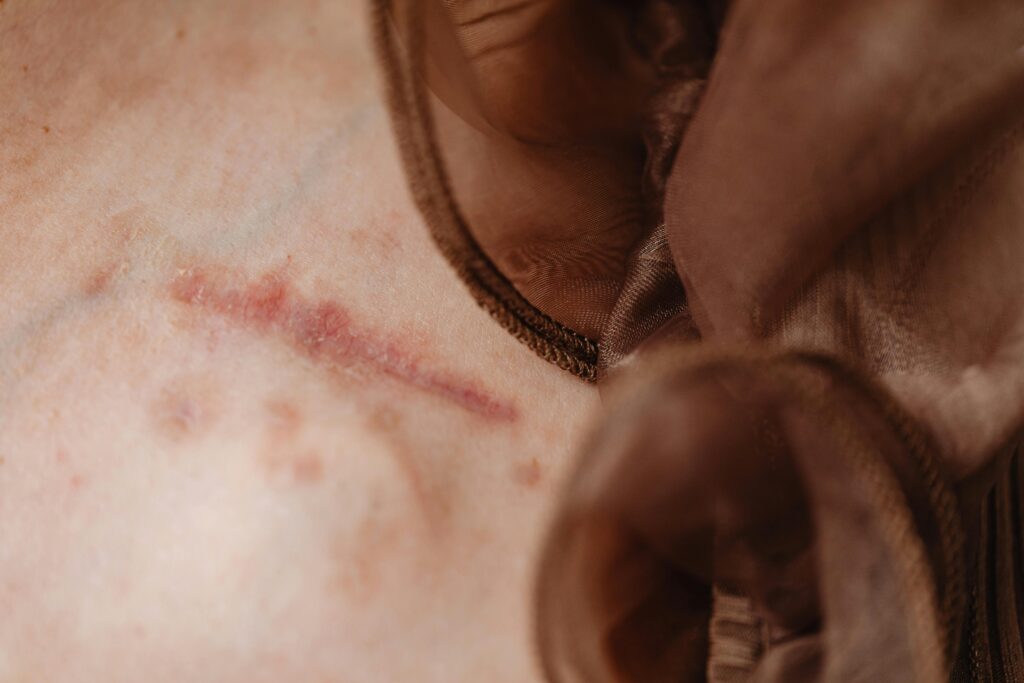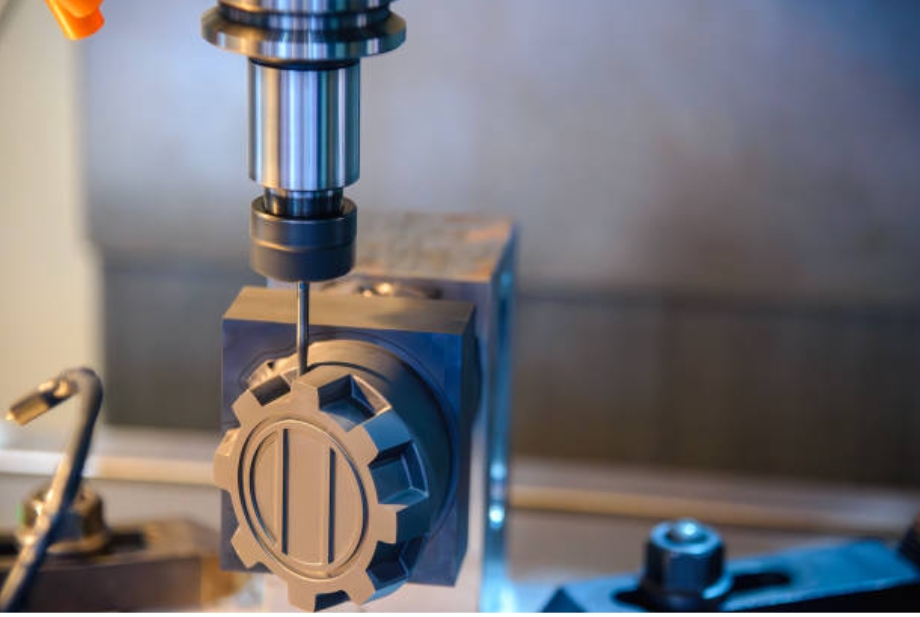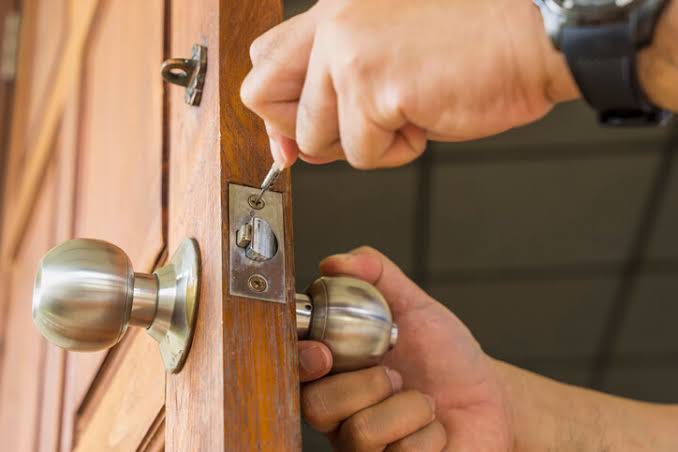Does one of your wounds seem to be taking forever to heal?
Millions of Americans are diagnosed with chronic wounds every year. It’s an energy suck, a mobility limiter, and the cause of potentially serious complications. Traditional treatments may not be working, and you are starting to feel at a loss.
Fortunately, there is one form of treatment that has been revolutionizing wound care for decades…
Hyperbaric oxygen therapy.
Main Takeaways:
- Hyperbaric Wound Healing
- Which Wounds Heal with Hyperbaric Oxygen
- What Results Can I Expect
- What Does Treatment Entail
What is a Hyperbaric Chamber?
A hyperbaric chamber is a pressurized medical chamber that can provide your body with 100% pure oxygen.
Here is an analogy for you… Your red blood cells are your body’s natural delivery system for getting oxygen to where it is needed. In a hyperbaric chamber, oxygen dissolves directly in your blood plasma and bodily tissues and fluids when you are under pressure.
When a hyperbaric chamber is used, it allows oxygen to be delivered to parts of your body that traditional blood flow cannot reach.
During treatment, you will be breathing 100% pure oxygen in an enclosed chamber. The pressure in the hyperbaric chamber is increased to 2 to 3 times that of normal air pressure. In a 2.0 ATA hyperbaric chamber your body will be able to take in an oxygen level equivalent to 33 feet underwater.
Mind-blowing, right?
In the human body, when this happens, there is a reaction in your body that speeds up the healing process in areas that normal oxygen levels do not affect.
How Does Hyperbaric Oxygen Work to Heal Wounds?
Ever wonder what exactly is happening when hyperbaric oxygen is used to heal a wound?
Here is what you need to know…
When chronic wounds occur, the oxygen levels in the tissue are depleted, or hypoxic. This allows for bacteria to grow more easily in these hypoxic wounds, increasing the chance of infection.
Hyperbaric chambers reverse this effect.
Oxygen flooding the tissues leads to the following:
- Plasma carries up to 20 times more oxygen than in normal air
- Rapid cell growth due to the production of growth factors and stem cells
- Oxygen kills off many of the disease-causing bacteria that cannot survive in a high oxygen environment
- Oxygen also helps to reduce the inflammation and swelling in and around a wound
- Production of blood vessels increases, allowing more nutrients to reach damaged areas
The evidence is there to back it up.
Research shows that diabetic foot ulcer healing rates increase from 40-50% to 75% when combined with hyperbaric oxygen therapy.
Holy smokes!
Hyperbaric Wounds That Heal Best
There are several different wounds that respond to hyperbaric treatment.
The Undersea and Hyperbaric Medical Society has approved hyperbaric oxygen therapy for 14 medical conditions.
The following are the most common wounds that can be treated with the therapy.
Diabetic foot ulcers are the most common wound treated with hyperbaric oxygen therapy. Diabetics are notorious for having wounds that won’t heal. About 15% of diabetics will develop these wounds. Hyperbaric oxygen has become a go-to therapy for these patients.
Radiation-damaged tissue also responds amazingly to hyperbaric oxygen therapy. Cancer patients who develop wounds as a result of radiation therapy often see significant improvement when hyperbaric oxygen is introduced.
Some other examples of wounds that respond to hyperbaric oxygen include:
- Surgical wounds that are not healing
- Crush injuries
- Traumatic wounds
- Skin grafts and skin flaps that are at risk for failure
- Chronic bone infections
- Burns
- Venous and arterial ulcers
The thing is… Before you are allowed to begin hyperbaric therapy, you will need to try at least 30 days of standard wound care. This will include but is not limited to wound care, dressings, infection control, and underlying conditions such as malnutrition.
If standard care does not improve the wound after 30 days of consistent treatment, then hyperbaric oxygen therapy is an option.
How to Prepare for Treatment
You may be asking, “Okay, I get that hyperbaric chambers are used. But what does it actually entail?”
Don’t worry, I gotchu.
Treatments are usually done in a monoplace chamber, which is a clear acrylic tube about 7 feet long. You can fit one person in this tube. When you lie down on the stretcher, it will slide into the chamber.
Here is the typical treatment:
Pressure is slowly increased in the chamber, which takes about 15 minutes. Your ears might pop, like on a plane, but it is not painful. You then breathe pure oxygen at full pressure for 90 minutes. You can read, listen to music, watch TV, or just relax in your chair. In fact, many people will fall asleep during treatment.
Pressure is then slowly released in the chamber over another 15 minutes.
The entire process is about 2 hours.
So, how many treatments are required? Most people will need between 30 and 60 treatments before they begin to see total healing. I know that sounds like a lot, but the results are worth it.
Research shows that hyperbaric oxygen therapy significantly increased the complete healing rate of diabetic foot ulcers and reduced the risk of major amputation by 40%.
Numbers like that can help you keep your limb.
Side Effects and Safety Concerns
Hyperbaric oxygen therapy is safe.
When performed in an accredited facility by trained professionals, the risks of serious complications are low.
Side effects can include:
- Temporary vision changes
- Ear or sinus pain
- Minor fatigue following a session
- Claustrophobia in the treatment chamber
Side effects are generally mild and temporary.
Hyperbaric therapy is not recommended for people with certain lung diseases or other conditions that may increase risk.
People with untreated pneumothorax, lung diseases such as cystic fibrosis, tuberculosis, emphysema, or asthma may not be able to tolerate hyperbaric oxygen therapy.
The most important thing is to work with trained, experienced, board-certified hyperbaric physicians. The physician will be able to determine if you are a good candidate for hyperbaric therapy and monitor you during treatment.
Impact and Results
The statistics don’t lie.
Patients who are able to undergo hyperbaric oxygen therapy for chronic wounds experience more than better healing percentages. They have their life back.
Let me explain…
If you have a wound that has been present for months, it finally heals. Pain is no longer a constant issue. Infections are no longer a threat. The likelihood of amputation in diabetics is greatly reduced.
This is a massive improvement. This is life-changing for patients.
Finding the Right Program
Not all facilities offer the same quality of hyperbaric therapy.
Look for hyperbaric centers with the following qualities:
- Certified hyperbaric medicine physicians
- State-of-the-art, well-maintained equipment
- Wound care teams
- Experience with the wound you are trying to heal
A good hyperbaric therapy program should offer a multidisciplinary approach to wound care that includes hyperbaric oxygen.
Nutrition, infection control, pressure relief, and other medical conditions will be addressed alongside the hyperbaric treatment.
Hyperbaric Oxygen Summary
Hyperbaric chambers are one of the best adjunctive therapies for healing wounds that simply won’t heal.
The chambers work by delivering high amounts of oxygen to the damaged tissues in your body that normal oxygen levels are not able to reach. This triggers natural healing mechanisms in the body that can be activated in no other way.
Hyperbaric therapy has proven its results in the following ways:
- Hyperbaric oxygen therapy is a huge success for healing many different types of wounds that will not heal.
- Treatment generally requires 30 to 60 sessions that are done over the course of several weeks.
- The procedure is very safe when completed at accredited facilities by trained professionals.
- Results continue to be experienced after the end of treatment.
If you are in the process of healing a wound, check with your doctor to see if hyperbaric oxygen therapy would be a good option for you. It can be the miracle you have been searching for.






